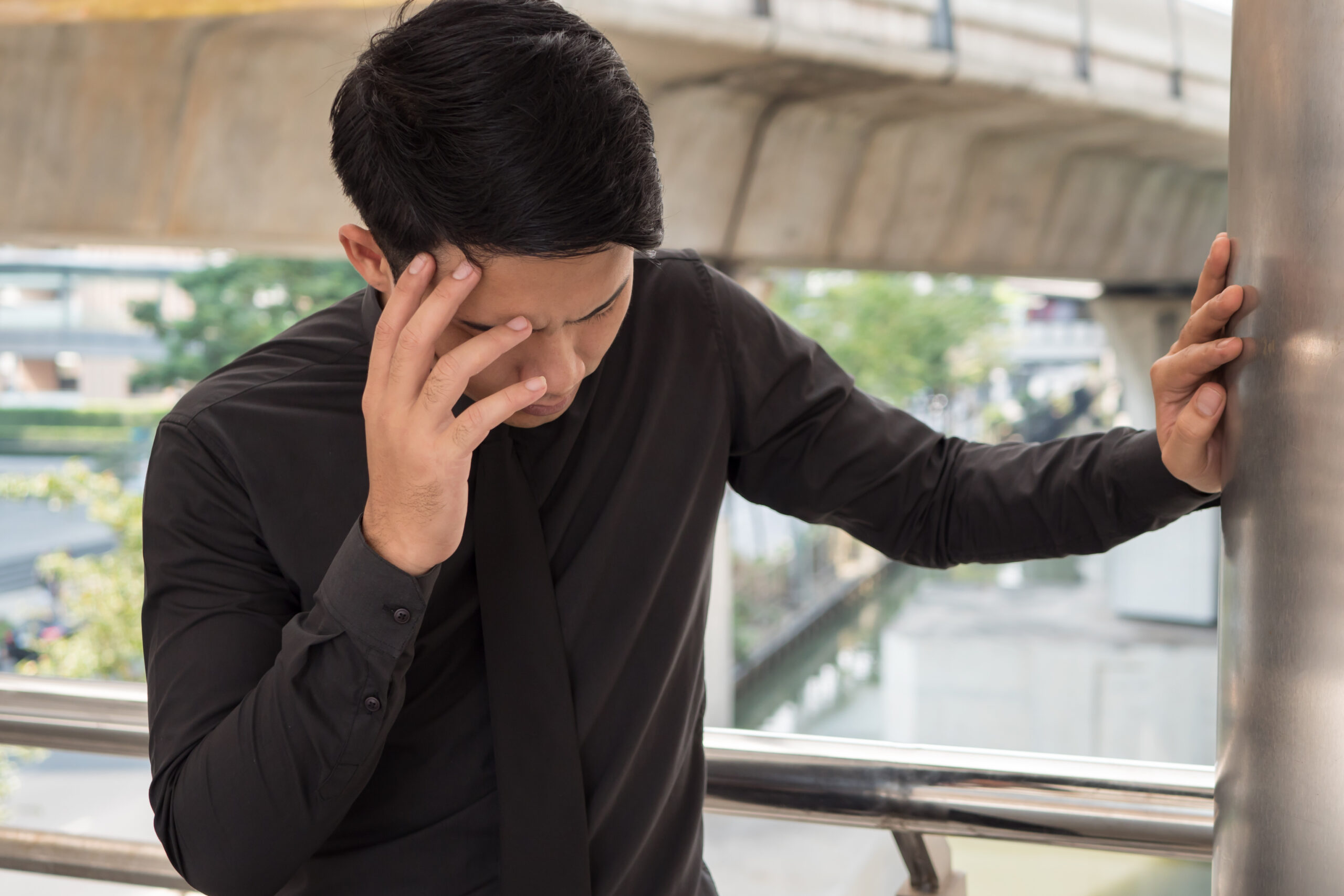Vestibular Dysfunction/BPPV: Signs, Symptoms, Causes and What to Do

What does it mean to have vertigo? Is vertigo synonymous with dizziness? The truth is that patients experience vestibular dysfunction in a multitude of ways. They may have spinning sensations when laying down, feel dizzy when walking or have difficulty in busy environments. Some may just describe a sensation of being “off.”
One of the most common forms of vestibular dysfunction is benign paroxysmal positional vertigo (BPPV), which we’ll explain more about below.
Signs and Symptoms of BPPV
Vestibular dysfunction can have an acute onset or start off as a minor issue and become progressively worse. When a patient has BPPV, certain positions of the head may cause:
- Dizziness
- Nausea
- Light headiness
- Feeling as though the room is spinning
Typically, a patient may experience this when laying down in bed or looking up and over their shoulder.
Causes of BPPV
BPPV occurs when crystals called otoconia found inside the inner ear migrate into the semi-circular canals. The semi-circular canals are structures that function inside the inner ear to help the body maintain its balance. Each of the canals is filled with fluid that moves in conjunction with the motion of the head.
When crystals are present within a semi-circular canal, they change the fluid’s response to head movement. This alters the brain’s perception of where the head is in space, causing the sensation of vertigo.
BPPV can occur at any age, but it’s most common among patients over the age of 60. Typically, patients under the age of 60 would have to experience head trauma or concussion for BPPV to occur.
Treatment for BPPV
If you are experiencing symptoms consistent with positional vertigo BPPV, schedule an appointment with your primary care physician. After an evaluation, your primary care physician may refer you to physical therapy for evaluation and treatment.
A physical therapist trained in the treatment of BPPV will create a plan of care that will incorporate your goals and return you to your previous level of function. For most people, the best treatment involves the physical therapist performing gentle maneuvers to return the crystals to its proper place in the inner ear.
Even after treatment, some patients may have lingering symptoms. Your physical therapist will assist in evaluating and treating these symptoms as well.
If you have any questions or feel that you might have symptoms of BPPV, please contact the Center for Rehabilitation and Sports Excellence and talk with our vestibular therapist Michael Phelan, DPT, at 732-537-0909 Ext. 2404. You can also email Michael at MichaelP@uognj.com.

